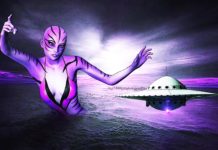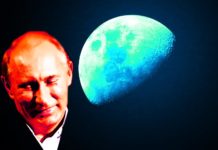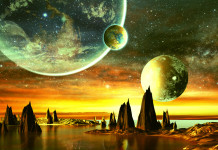It still might be news to some folks that Pluto has many “faces,” but those who were uninitiated before can now understand the planet a little bit better. It seems that the many faces of Pluto have now just become visible in a collection of brand new images captured by NASA’s New Horizon’s probe. The probe happens to be only 4 weeks away from a historical first-time close encounter with the small, blue planet.
WHAT DO THESE PHOTOS OF PLUTO REVEAL?
Video footage of the new images of Pluto illustrate a full 360 degree panorama of the planet’s entire surface. These photographs show us sections of the planet that are both light, dark, and several shades of gray in between, which might tell us there are more surface features to soon be discovered.
NASA called these pictures “the best views ever obtained of the Pluto system.” Hal Weaver, New Horizons Project Scientist, says that the surface of Pluto is extremely nuanced and complex. “Now, we want to start to learn more about what these various surface units might be and what’s causing them,” he says. “By early July we will have spectroscopic data to help pinpoint that.”
ABOUT NEW HORIZONS & LONG RANGE RECONNAISSANCE IMAGER
The distance New Horizons has traveled in order to reach Pluto is nearly 3 billion miles, which were covered in just under 10 years. This New Horizons probe is the first of its kind to ever take on a close physical study of the planet, and it is already beating the Hubble Space Telescope in terms of image quality. Much of the thanks goes to the Long Range Reconnaissance Imager (LORRI), which took the new images. LORRI uses a specific technique called deconvolution, which makes the planet look non-spherical. The lack of sphericity is also due to Pluto’s big variations in surface brightness. Additionally, the contrast in these images has been “stretched to bring out additional details.”
DECONVOLUTION
The deconvolution process and technique has been employed by the New Horizons team to examine the surface markings on the planet of Pluto, including one bright area at one pole that some scientists believe is a polar cap. The process of deconvolution in its past has created “false details,” otherwise known as artifacts, in the pictures. As a result, the spacecraft team will need to be careful as they review the images produced with this technique.

















